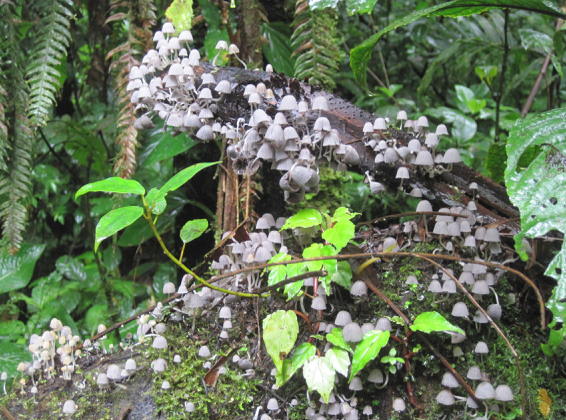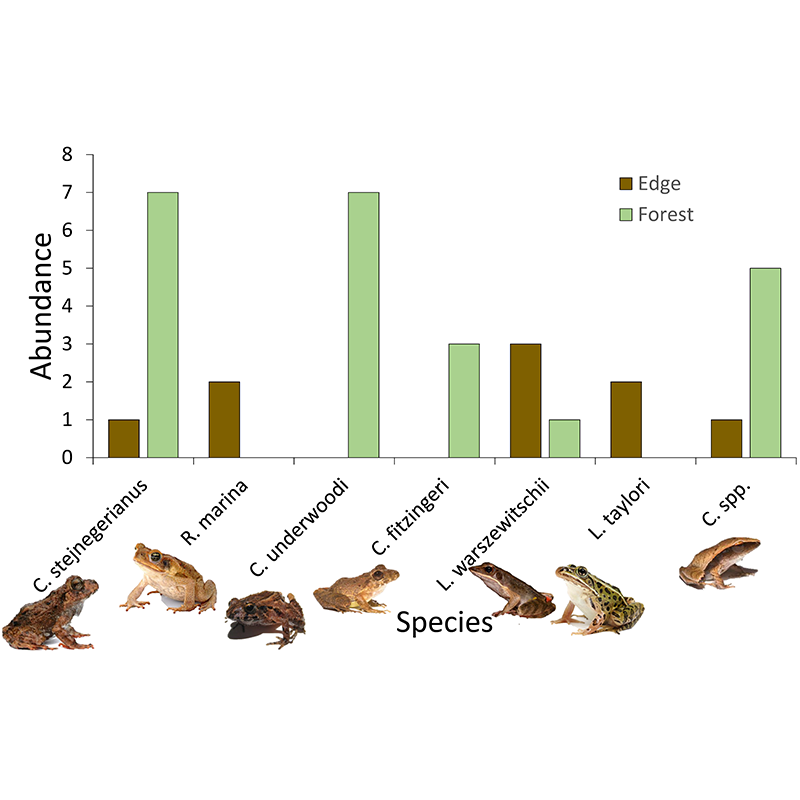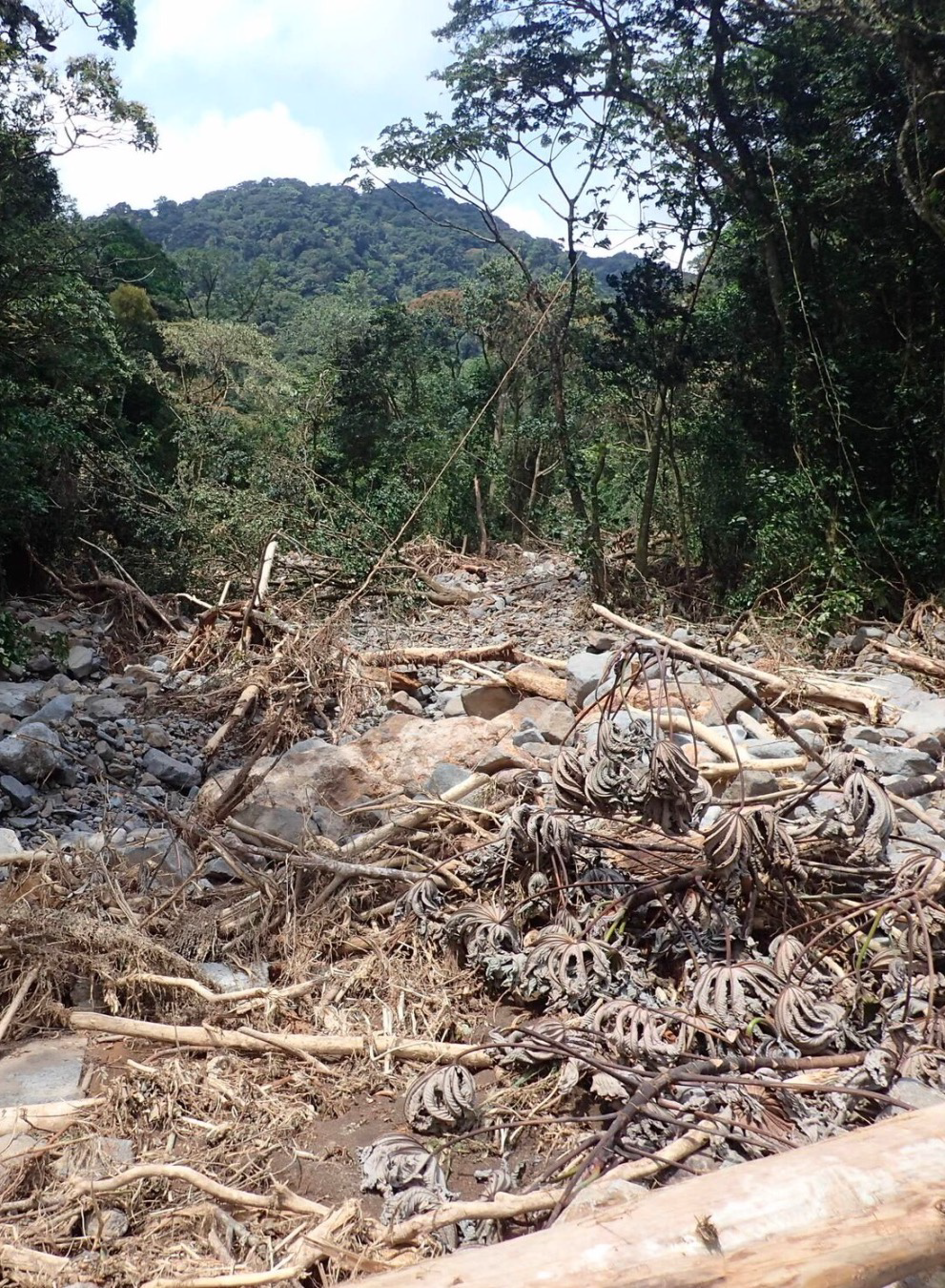Fungi fill essential niches in forest ecosystems, where they cycle nutrients, and maintain soil health and rich webs of species interactions and overall health. The rich biodiversity of the tropics is seen at all levels of life, especially the fungal assemblages. Their roles here are strange and varied as are their physiologies. One of the most important and common relationships that fungi are a part of is with trees as mycorrhizae. This is a relationship with the roots of trees, that serves to extend the rhizosphere of the tree and amplify intake of nutrients and water, and in turn gives carbohydrates to the fungus. This relationship is seen with most trees, and has amazing implications in forest systems. It has been tentatively proven that trees can share carbohydrates and nutrients with other trees through the mycorrhizal network. The seemingly intense competition of a forest may be more of a interconnected system than we tend to think.


In the tropics the mycorrhizal relationship is most commonly formed with AMF or “arbuscular mycorrhizal fungi.” Paleobiology and molecular biology indicate that this relationship was necessary for the evolution of the first vascular land plants. Many of the systems present in the tropics haven’t changed very much over time. These symbioses are ancient. The AM relationship is different from the mycorrhizal relationship seen most commonly in temperate regions, in that it doesn’t produce conspicuous sporocarps (fruiting bodies, or mushrooms.) This means it just exists silently beneath the soil surface, no need for recognition, chugging along and making sure everything runs beautifully!
A well-known tropical plant is the orchid. They’re common house plants everywhere because of their signature flowers and strange fickleness. The tropics are home to thousands of species and Costa Rica has at least 1400 different kinds of orchids. A key to understanding orchid population dynamics may be found in the Orchid Mycorrhizal Fungus (OMF) which populates the roots of almost all orchids. The relationship between the OMF and the orchid is symbiotic – the orchid supplies the fungus with carbon and the OMF provides nutrients to the orchid. Since the plants often live as epiphytes in the branches of trees, nutrients are hard to come by and the OMF gives the orchid a much higher chance of survival. It is now known that the OMF also plays a key role in the germination of orchid seeds, which are dust-like and numerous. Because the tiny seeds can’t hold many nutrients for the germination process, the OMF is crucial especially for early development.

If the orchid mycorrhizal fungus represents a beautiful symbiosis, on the other end of the spectrum is the genus Cordyceps. These nightmarish fungi are known for taking over the bodies of small insects (caterpillars and ants, for instance) and traveling to a tall location such as a shrub or tree branch. Once there, the fungus bursts from the body of the unfortunate insect and fruits, allowing more spores to be dispersed. Some species of Cordyceps are highly specialized for one species of insect, which acts as a method of population control. If one species of ant seems to be taking over, the Cordyceps may be more likely to infect colonies of that ant, reducing the population and allowing other insects to compete.

While terrifying for insects, Cordyceps is commonly used by us humans for medicinal benefits. Caterpillars infected with Ophiocordyceps sinensis are collected and sold at a high price. The caterpillars have been used in traditional Chinese medicine and are now endangered there due to over-harvesting.
Aren’t fungi neat!




